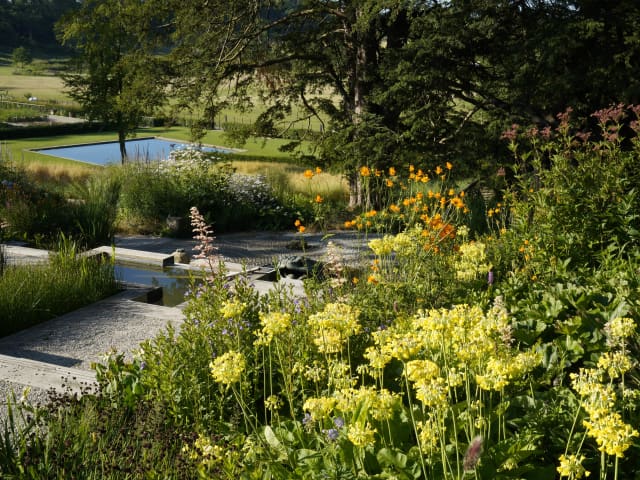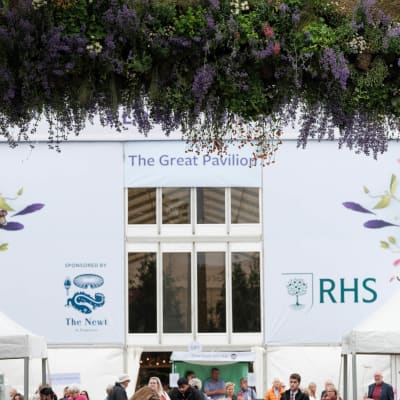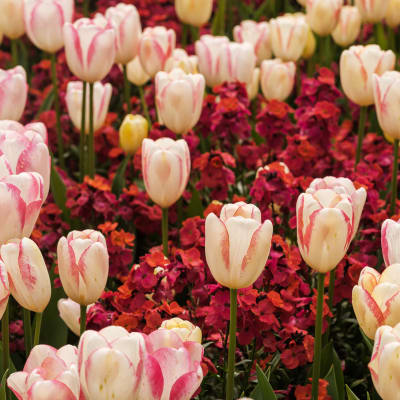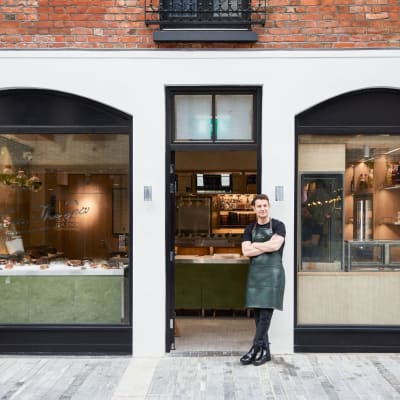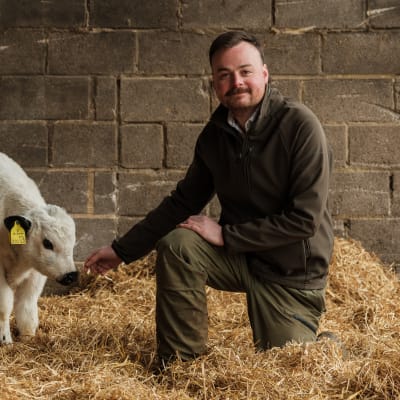Inspired by #NoMowMay and the pollinator friendly Beezantium garden we’re bringing to the RHS Chelsea Flower Show, Head Beekeeper Paula shares her top tips for supporting the humble bees in your own green space.
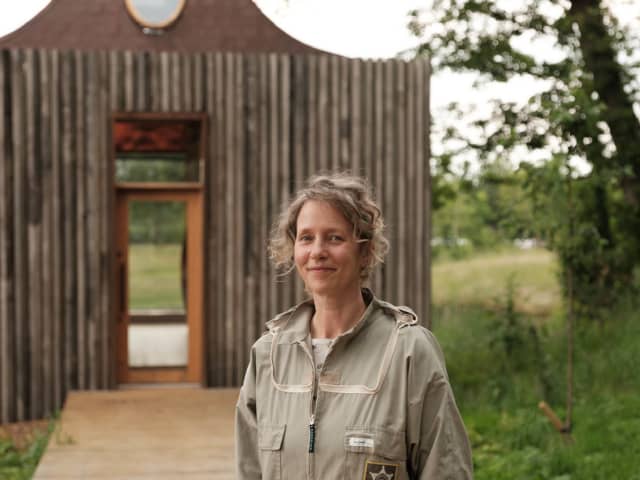
With exactly one week to go until the RHS Chelsea Flower Show 2023, Team Newt is abuzz with excitement as we get ready to decamp to the capital to create our bee-friendly feature garden. The Beezantium garden will be centred around a human-sized beehive, framed by a patchwork of trees, bulbs, annual and perennial herbaceous species our pollinators will love. Final touches have been happening across the estate: Arbutus unedo, also known as the Strawberry tree, has been cleaned; Apple trees spade lifted and root-balled from the Nursery; and two ten-metre high Limes, beloved for their blossom and intoxicating scent, prepped to take pride of place.
The apiary garden will be filled with naturalistic native and non-native planting: with the likes of free-flowering roses, star-shaped alliums, vivid pinky-purple thistles, and unassuming dandelions (one of our bees’ favourite food sources) all playing their picturesque part in our scheme. Designed to highlight the plight of the bee and why they need our protection, Head Beekeeper, Paula shares a little of her bee-friendly planting expertise, so we too can support our stripey friends in our own gardens.
Let Dandelions Grow
Bees love native and simple plants that produce nectar in our varied weather conditions. As Beekeepers, we are always looking for plants that will produce surplus honey after the bees have collected it. Honey bees require an abundance of pollen early on in the season, as it’s used as protein to feed the growing larvae. Nectar is the carbohydrate that the bees transform into honey. Dandelions offer the perfect combination of both nectar and pollen early in the season, enabling the bees to build up their colonies.
Plant More Trees
Trees such as willow, hazel, hawthorn and fruit trees also support bees through early spring. Each colony of honey bees requires an acre of flowering plants for nourishment to thrive. In June, a mature Lime tree can provide up to five acres of blossom, so trees cannot be undervalued when it comes to feeding bees.
Lose the Lawnmower
Conscious neglect could transform your garden into a mini wildflower meadow. Allowing clover to flower in your lawn – and filling in gaps with herbs – is an excellent way to attract and feed the bees.
The Magic of Comfrey
Comfrey, great for garden compost, is also very attractive to bees, and like borage, replenishes its nectar in just 24 seconds, so bees can go around and around a single plant, filling up their honey crop with nectar!
Best for Bees
Consider simple open flowers where the nectar and pollen are visible for visiting bees. Climbing roses, albums, ribus and fruit trees are all great additions in the garden to feed the bees; and of course, everyone’s favourite, lavender!
